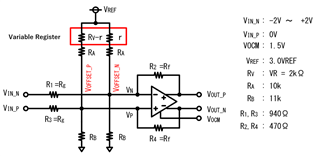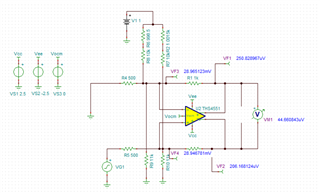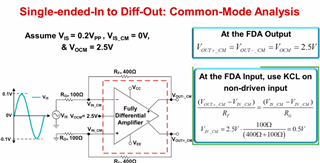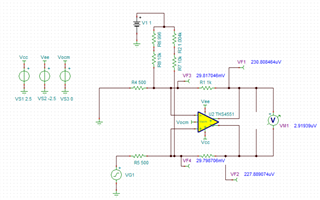Hi,
Is the calculation formula for the THS4151ID offset adjustment circuit correct?

■Output common mode voltage
VOCM = (VOUT_P - VOUT_N) / 2
■Output differential voltage
VOD = VOUT_P - VOUT_N
If R1 = R3 = Rg ,R2 = R4 = Rf...
(Output voltage (input voltage + offset voltage) × Rf / Rg)
■Positive output voltage
VOUT_P = ( VIN_P + VOFFSET_P) × Rf / Rg
■Negative output voltage
VOUT_N= ( VIN_N + VOFFSET_N) × Rf / Rg
We would appreciate it if you could check it out.
Thanks,
Conor





